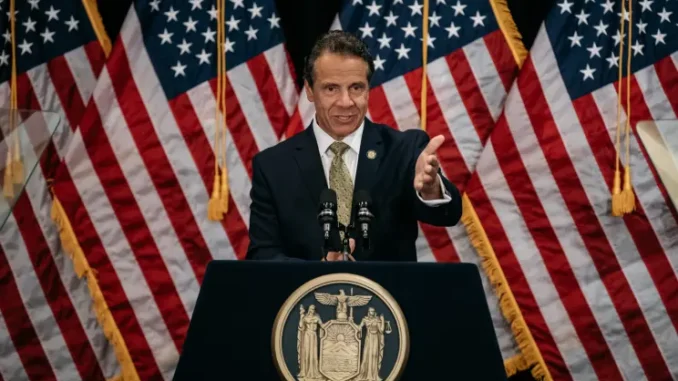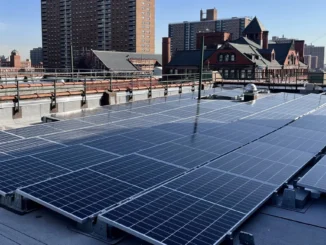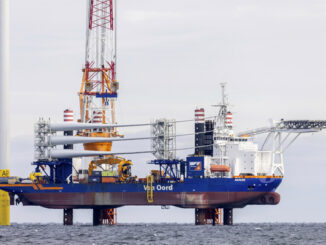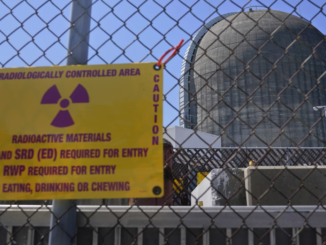
State lawmakers voted for major cuts in greenhouse-gas emissions and massive buildouts of wind turbines, solar panels, power lines and batteries by 2030 without knowing how it would work, let alone what it would cost.
The 2019 bill, the Climate Leadership and Community Protection Act, essentially wrote Gov. Andrew Cuomo’s executive branch a blank check, allowing every state agency to weigh climate concerns in every major decision and giving regulators the power to effectively eliminate emissions in nearly every corner of the economy.
With New York halfway to that 2030 deadline, the true cost of the program is coming into view — and it’s not pretty.
A state commission two years ago laid out a robust plan for banning gas appliances, heating nearly every home with electricity and mandating other major changes over the next three decades.
It made a surprising claim: This “deep decarbonization” of the economy wouldn’t just cover its own costs; it would produce $115 billion to $130 billion in “net benefit.”
It was too good to be true.
Peeling back officials’ creative accounting revealed, for one thing, they assumed and counted financial benefits for humanity (not just New Yorkers) of lowered emissions.
Key parts were made on overly optimistic if not flat-out-bad assumptions.
Drilling deeper revealed officials expect New Yorkers to incur $4.9 trillion in new expenses between 2020 and 2050 because of the act, offset by $4.3 trillion in “avoided” spending on things like heating oil and furnaces.
The difference — around $600 billion — represents the added cost for families and businesses to comply with the law.
Those costs will come in the form of higher fuel prices (a new tax is planned for fuel purchases next year), higher electricity rates (through which residents are already paying for new wind and solar projects upstate) and higher property taxes (as local governments and schools have to comply), to name a few.
The $600 billion figure also assumes the state can hit its targets, both for costs and savings.
But state government has a terrible track record on predicting the future and keeping things on budget.
Officials failed, among other things, to predict the recent popularity of natural gas, which reduced both emissions and energy prices.
If new climate-law costs run 5% higher and offset costs run 5% lower, the price tag surges to more than $1 trillion over the 30-year period.
These figures seem farcically large, but imagine replacing most downstate power plants with enough batteries to power the city and suburbs for four days at a time — as the climate act requires.
What data the state have published put that cost alone north of $100 billion, even with battery prices dropping by half between now and 2040.
Adding the costs of replacing the heating systems of nearly every New York home and building (and upgrading the insulation) pushes things further into the billions.
What’s worse, state agencies are putting New York on the hook for tens of billions of dollars over the next quarter-century through subsidy agreements with offshore-wind and power-line developers.
The law requires utilities to pass those costs to electricity customers (and regulators have said they can’t be shown on electric bills).
And the state still hasn’t said how high electric bills will climb when they’re done cutting these deals.
New York could still reduce emissions through a less expensive and more predictable process if state lawmakers get back behind the wheel.
Legislators, not bureaucrats, can and should be making decisions about what taxes and policies Albany uses to tackle emissions.
As the Empire Center explains in a new report, there are many ways senators and assemblymembers can put guardrails around the climate law to prevent what are becoming clear threats to electricity’s affordability and reliability — and to New York’s economic health — without giving up on the state’s climate goals.
The law’s proponents embraced its self-executing nature because it would force unpopular, disruptive and even dangerous policies to deliver lower emissions no matter what.
They think the best thing would be for lawmakers to do nothing and allow the process to run its course.
Take the Survey at https://survey.energynewsbeat.com/
ENB Top News
ENB
Energy Dashboard
ENB Podcast
ENB Substack



